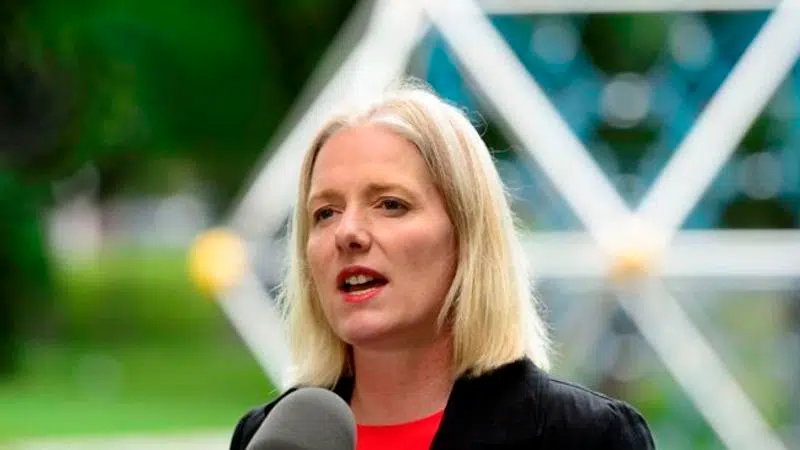
Canada, California plan to work together to make cleaner cars, cut emissions
OTTAWA — Environment Minister Catherine McKenna signed a vehicle-emissions agreement with California Wednesday that the state’s governor and auto industry experts see as a signal that Canada is going to side with California in a U.S. dispute over emissions standards.
The agreement is aimed at harmonizing efforts to cut pollution from cars and pickup trucks, including emissions standards, accelerating the adoption of electric vehicles and collaborating to make fuels that are used burned more cleanly.
“In terms of Canada, 25 per cent of our carbon pollution comes from transportation,” McKenna said. “To change that we need cleaner cars. Working with California is a way forward.”
The agreement comes as U.S. President Donald Trump is preparing to roll back emissions standards set by former president Barack Obama. Trump’s plan would take away California’s long-standing legal authority to go its own route on vehicle emissions. California is pushing back hard against those changes, including in court, and Gov. Gavin Newsom indicated Wednesday California has no intention of backing away from that fight.
